Tilapia Sewage Treatment Nile Farming Grading Reversal Niloticus Oreochromis Hormonal Prior Benin
Tilapia is a popular fish species that is widely consumed worldwide. It is not only delicious but also a rich source of protein and other essential nutrients. In recent years, there has been a growing interest in tilapia biofloc technology systems, which offer several benefits in terms of wastewater treatment and sewage management.
The Role of Tilapia in Wastewater Treatment
Wastewater management is a critical issue that needs to be addressed effectively to ensure a clean and healthy environment. Traditional wastewater treatment methods can be expensive and require a significant amount of energy. This is where tilapia biofloc technology systems come into play.
Tilapia, being a hardy and adaptable fish species, is capable of thriving in wastewater environments. In these systems, tilapia are cultivated in tanks or ponds, where they are exposed to wastewater containing organic matter and other pollutants. The fish consume the organic matter as a food source, thereby removing it from the water.
The organic matter consumed by the tilapia is converted into microbial biomass, which forms what is known as biofloc. This biofloc consists of a community of microorganisms, including bacteria, fungi, and algae, which contribute to wastewater treatment.
The Benefits of Tilapia Biofloc Technology Systems
Tilapia biofloc technology systems offer several advantages over traditional wastewater treatment methods. Here are some key benefits:
1. Cost-effectiveness:
Implementing and maintaining traditional wastewater treatment plants can be costly. On the other hand, tilapia biofloc technology systems require relatively lower capital investment and operational costs. This makes them a cost-effective solution for wastewater treatment.
2. Energy Efficiency:
Tilapia biofloc technology systems are energy-efficient compared to conventional treatment methods. The system utilizes the natural abilities of tilapia to consume organic matter and convert it into biofloc. Less energy is required to maintain the system, making it a more sustainable option.
3. Nutrient Recycling:
In tilapia biofloc technology systems, the fish excrete waste that contains valuable nutrients such as nitrogen and phosphorus. These nutrients can be utilized as fertilizer for agricultural purposes, thereby reducing the need for synthetic fertilizers. This nutrient recycling aspect contributes to the overall sustainability of the system.
4. Reduction in Chemical Usage:
Conventional wastewater treatment methods often require the use of chemicals to treat and disinfect the water. In contrast, tilapia biofloc technology systems reduce the reliance on chemicals, as the natural processes within the system help in eliminating pathogens and contaminants.
Optimizing Tilapia Biofloc Technology Systems
To maximize the efficiency and effectiveness of tilapia biofloc technology systems, certain optimizations can be implemented. These optimizations aim to enhance the wastewater treatment capabilities of the system and improve the overall productivity. Here are some key considerations:
1. Stocking Density:

The stocking density of tilapia in biofloc technology systems needs to be carefully regulated. While a higher stocking density can lead to increased productivity, it can also result in higher levels of ammonia accumulation. Monitoring and maintaining an optimal stocking density is essential to ensure the well-being of the fish and the efficiency of the wastewater treatment process.
2. Aeration and Oxygen Levels:
Proper aeration is crucial in tilapia biofloc technology systems to maintain adequate oxygen levels for both the fish and the microbial community. Insufficient oxygen levels can lead to stress and poor growth of the tilapia, while also impairing the biofloc formation. Aeration systems should be designed and operated to ensure optimal oxygenation.
3. Water Quality Monitoring:
Regular monitoring of water quality parameters is essential to ensure the success of tilapia biofloc technology systems. Parameters such as pH, ammonia levels, dissolved oxygen, and temperature should be closely monitored and managed within appropriate ranges. Any deviations from the optimal values should be addressed promptly to maintain a healthy environment for the fish and the microbial community.
4. Feed Management:
Tilapia in biofloc technology systems are typically fed with a combination of commercial feed and the organic matter present in the wastewater. Proper feed management is crucial to optimize the performance of the fish and minimize the accumulation of excessive organic matter. The feeding regime should be tailored to meet the nutritional requirements of the fish while minimizing waste.
Conclusion
Tilapia biofloc technology systems offer a sustainable and cost-effective approach to wastewater treatment and sewage management. The ability of tilapia to consume organic matter and convert it into biofloc is harnessed to provide efficient treatment while reducing the reliance on chemicals and energy. Optimizations such as monitoring stocking density, maintaining proper aeration and water quality, and managing feed can further enhance the system's performance. By implementing these systems, we can contribute to a cleaner and healthier environment while utilizing the benefits of tilapia cultivation.

Note: This content is based on the provided data and is meant to provide general information only. Sources of the data should be consulted for accurate and comprehensive information.
If you are looking for "Help Yourself to Happy Tilapia" by Jerry Bauer page one | Best fish for aquaponics, Aquaculture you've visit to the right page. We have 35 Pictures about "Help Yourself to Happy Tilapia" by Jerry Bauer page one | Best fish for aquaponics, Aquaculture like Tilapia's Role in Wastewater Treatment | Fluence, New Design Sewage Treatment With Best Quality For Tilapia - Buy Tilapia Equipment,Recirculating and also Optimizing tilapia biofloc technology systems, part 3 « Global Aquaculture Advocate. Read more:
"Help Yourself To Happy Tilapia" By Jerry Bauer Page One | Best Fish For Aquaponics, Aquaculture
 www.pinterest.com
www.pinterest.com tilapia homestead
What We Do
tilapia
Tilapia! | Fishkeepers Amino Amino
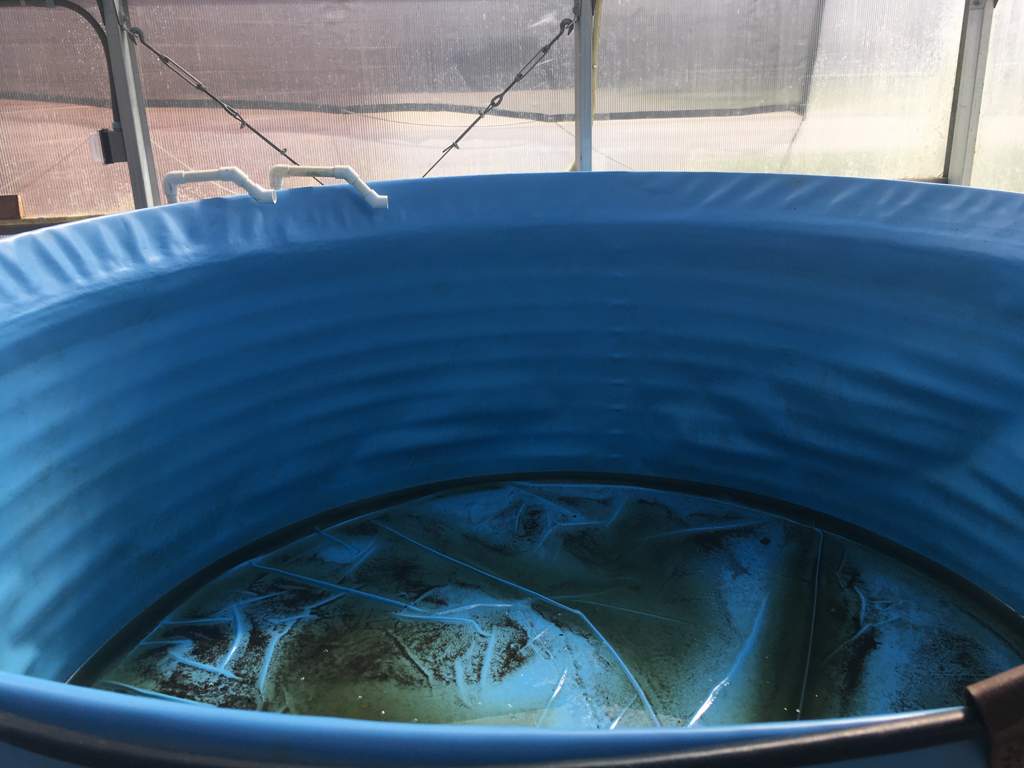 aminoapps.com
aminoapps.com tilapia 5000g ponds drained
Tilapia's Role In Wastewater Treatment | Fluence
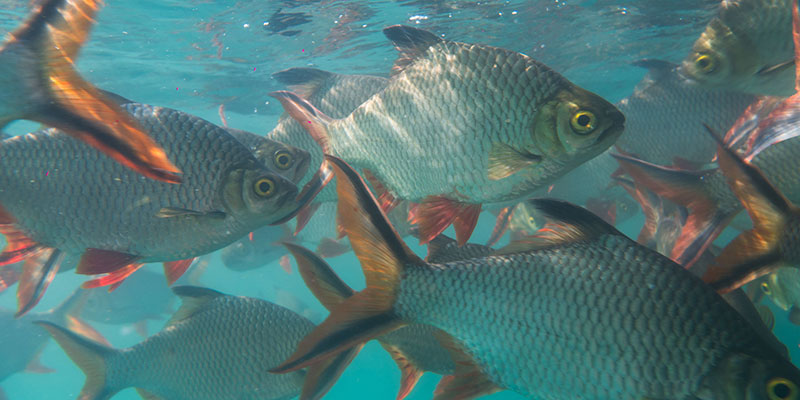 www.fluencecorp.com
www.fluencecorp.com tilapia fish treatment wastewater type role most
Urban Fish Ponds: Low-tech Sewage Treatment For Towns And Cities | LOW←TECH MAGAZINE
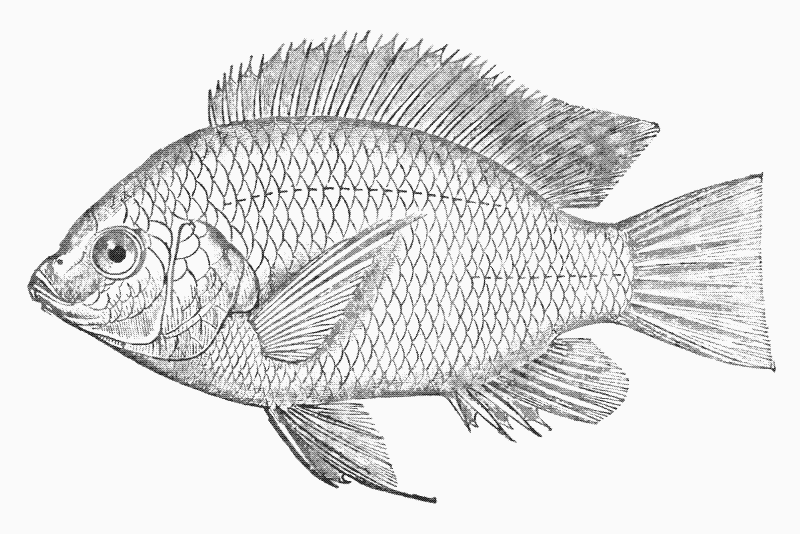 solar.lowtechmagazine.com
solar.lowtechmagazine.com sewage tilapia ponds
Aquaponics | Aquaponics, Tilapia Farming, Aquaponics System
 www.pinterest.com
www.pinterest.com tilapia farming aquaculture aquaponics backyardproadvice hydroponics
Tilapia Skin And Other Burn Treatment Techniques | Biodermis.com | Biodermis
 www.biodermis.com
www.biodermis.com tilapia biodermis burn techniques
Catching Tilapia - YouTube
 www.youtube.com
www.youtube.com tilapia
Warning Stop Eating Tilapia ASAP Before It's Too Late - Holistic Living Tips
 holisticlivingtips.com
holisticlivingtips.com tilapia
Tilapia Farming In Cages | Tilapia Farming, Farm, Cage
 www.pinterest.com
www.pinterest.com tilapia farming paddlewheel intensive cages aerators
18kg Of Unwholesome Chinese GMO Tilapia Destroyed - Prime News Ghana
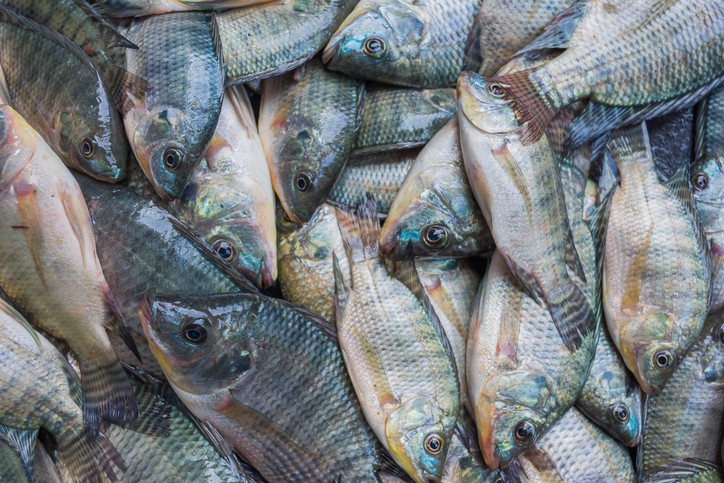 www.primenewsghana.com
www.primenewsghana.com tilapia gmo 18kg unwholesome destroyed chinese contaminated shoals
US RAS Tilapia Farm Integrates To Survive, But It's Lonely - Undercurrent News
tilapia ras survive integrates lonely farm huffman fairfax mart imported jason virginia china
Optimizing Tilapia Biofloc Technology Systems, Part 1 - Responsible Seafood Advocate
 www.globalseafood.org
www.globalseafood.org biofloc tilapia optimizing systems chambo fisheries yy
Tilapia Feeding Stock Photo - Download Image Now - IStock
 www.istockphoto.com
www.istockphoto.com tilapia feeding honduras agriculture
Tilapia Production Using Biofloc Technology « Global Aquaculture Advocate
 www.aquaculturealliance.org
www.aquaculturealliance.org tilapia biofloc aquaculture intensive ponds
How To Raise Tilapia At Home To Eat | Animals - Mom.me
tilapia metabolic stocked ponds heavily considerable pond amount
Major Threat In Tilapia Industry || TiLV Virus Disease & Treatment - YouTube
 www.youtube.com
www.youtube.com tilapia
Tilapia Catching, (6) - YouTube
 www.youtube.com
www.youtube.com Tilapia Are Now In The Aquaponic System | Aquaponic Family
 aquaponicfamily.wordpress.com
aquaponicfamily.wordpress.com tilapia aquaponic
Tilapia 3.pdf | Wastewater | Sewage Treatment
 www.scribd.com
www.scribd.com Advances In Tilapia Nutrition, Part 2 « Global Aquaculture Advocate
 www.aquaculturealliance.org
www.aquaculturealliance.org tilapia feeds necessary vitamins intensive supplementing minerals particularly contribution systems production natural where food
Follow Along As We Grow In Our Aqueduct System According To Our Curriculum
 blog.stuppy.com
blog.stuppy.com tilapia aqueduct weighing grams
Tilapia Fish: Characteristics, Types, Breeding And More....
 ourmarinespecies.com
ourmarinespecies.com tilapia characteristics intensive
Tilapia Growth Rate No Impact On Major Pathogens Resistance: Study - Hatchery International
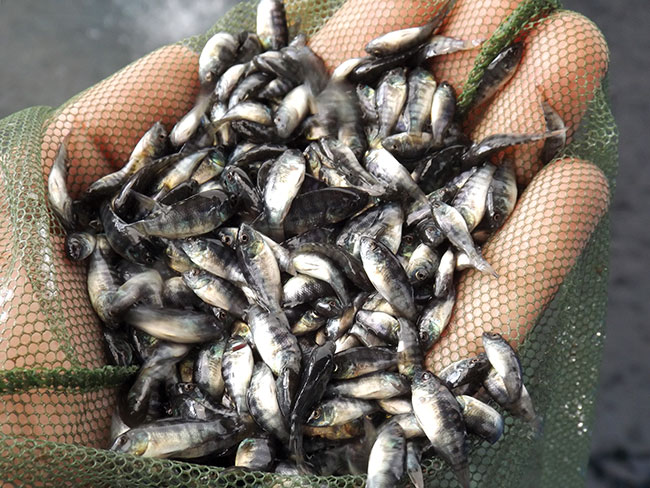 www.hatcheryinternational.com
www.hatcheryinternational.com tilapia streptococcus alevines fingerlings resistant siembra benchmark pathogens major breakthrough lafrentz agalactiae iniae bred selectively
New Design Sewage Treatment With Best Quality For Tilapia - Buy Tilapia Equipment,Recirculating
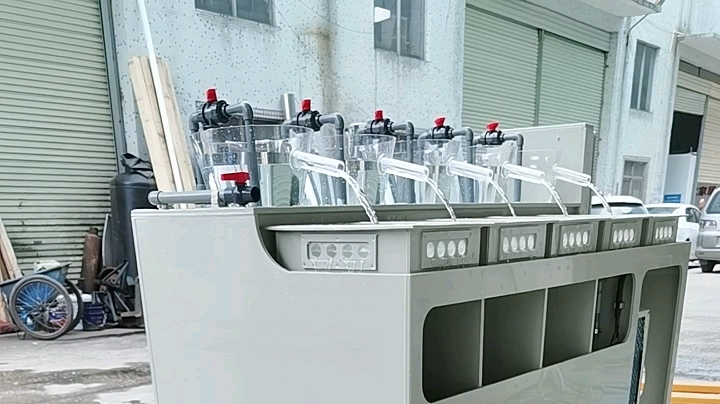 www.alibaba.com
www.alibaba.com sewage
Tilapia Fish Skin Used In Experimental Burn Treatments In Brazil - Business Insider
 www.businessinsider.com
www.businessinsider.com tilapia luka bakar victims quemaduras obati ikan bukan teknik salep punya kedokteran khusus kulit treat
Optimizing Tilapia Biofloc Technology Systems, Part 3 « Global Aquaculture Advocate
 www.aquaculturealliance.org
www.aquaculturealliance.org tilapia optimizing biofloc kariba harvesting zimbabwe cages
Grading Of Tilapia Fry Prior To Hormonal Sex Reversal Treatment In Benin | Fish Consulting Group
 fishconsult.org
fishconsult.org tilapia nile farming grading reversal niloticus oreochromis hormonal prior benin
New Design Sewage Treatment With Best Quality For Tilapia - Buy Tilapia Equipment,Recirculating
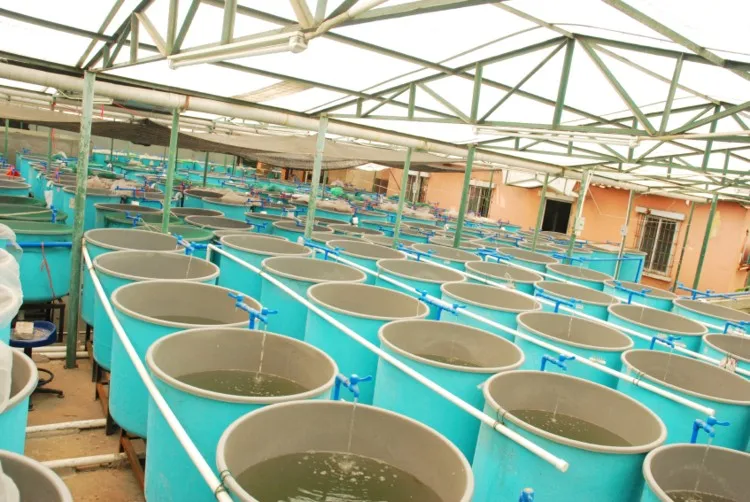 www.alibaba.com
www.alibaba.com sewage tilapia
Is Farmed Tilapia From China Dangerous To Eat? - YouTube
 www.youtube.com
www.youtube.com tilapia china farmed
New Design Sewage Treatment With Best Quality For Tilapia - Buy Tilapia Equipment,Recirculating
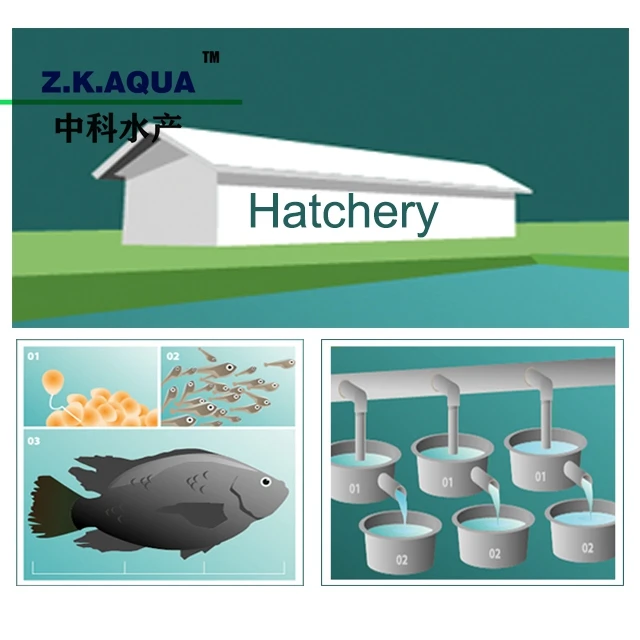 www.alibaba.com
www.alibaba.com tilapia sewage treatment
Optimizing Tilapia Biofloc Technology Systems, Part 3 « Global Aquaculture Advocate
 www.aquaculturealliance.org
www.aquaculturealliance.org tilapia part biofloc systems technology optimizing
How To Farm Tilapia
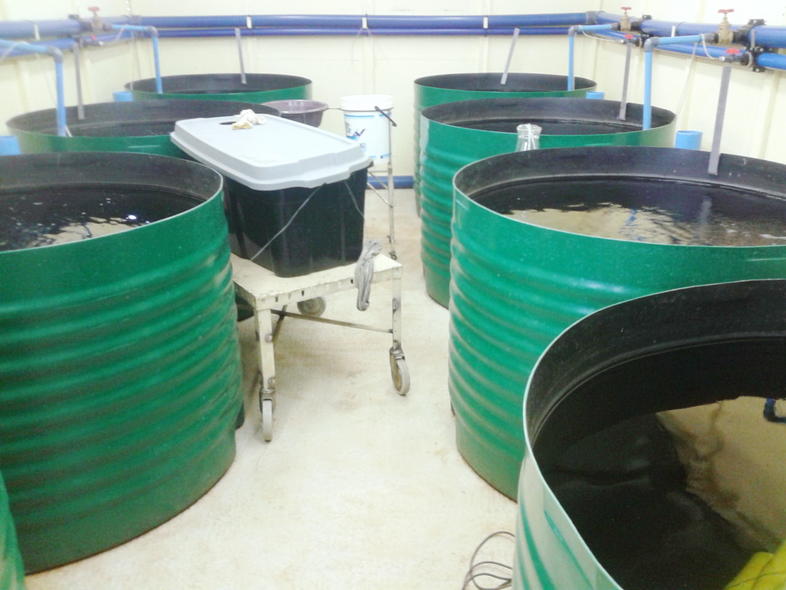 southafrica.co.za
southafrica.co.za tilapia farm james tanks nicholas
New Design Sewage Treatment With Best Quality For Tilapia - Buy Tilapia Equipment,Recirculating
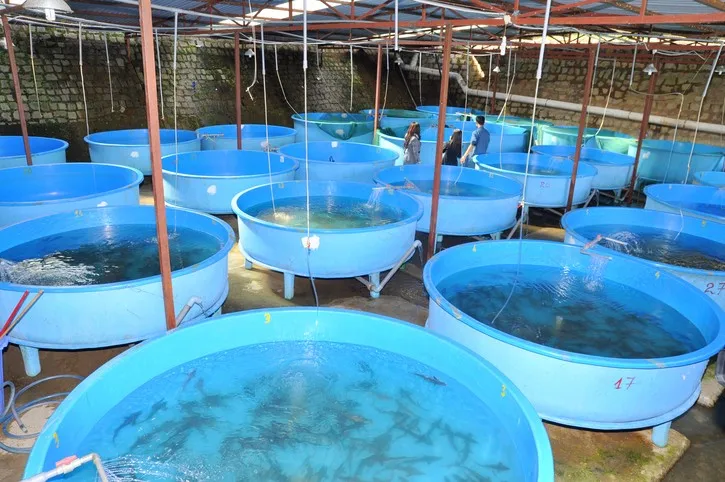 www.alibaba.com
www.alibaba.com tilapia sewage
Tilapia Are Now In The Aquaponic System | Aquaponic Family
 aquaponicfamily.wordpress.com
aquaponicfamily.wordpress.com tilapia aquaponic gallon
Tilapia streptococcus alevines fingerlings resistant siembra benchmark pathogens major breakthrough lafrentz agalactiae iniae bred selectively. Tilapia farming in cages. Tilapia sewage
Post a Comment for "Tilapia Sewage Treatment Nile Farming Grading Reversal Niloticus Oreochromis Hormonal Prior Benin"